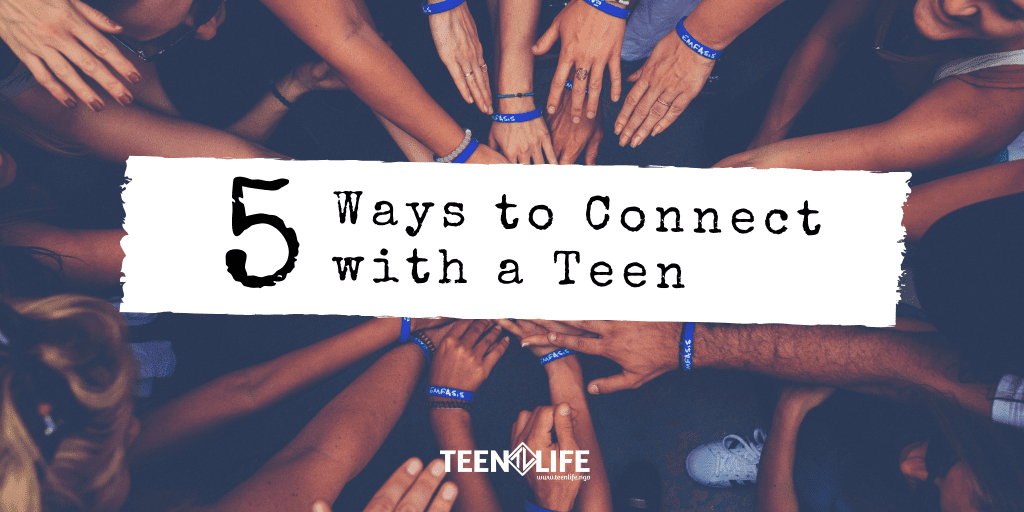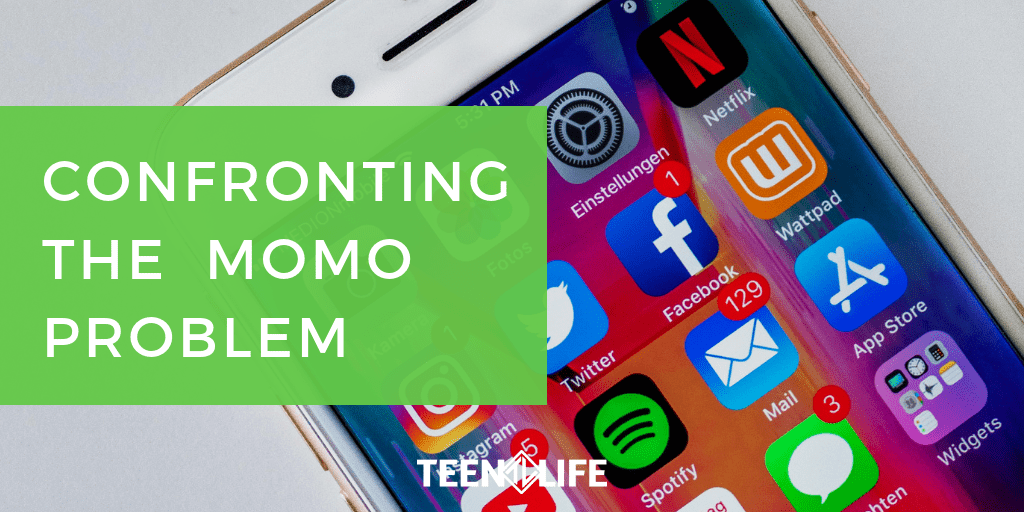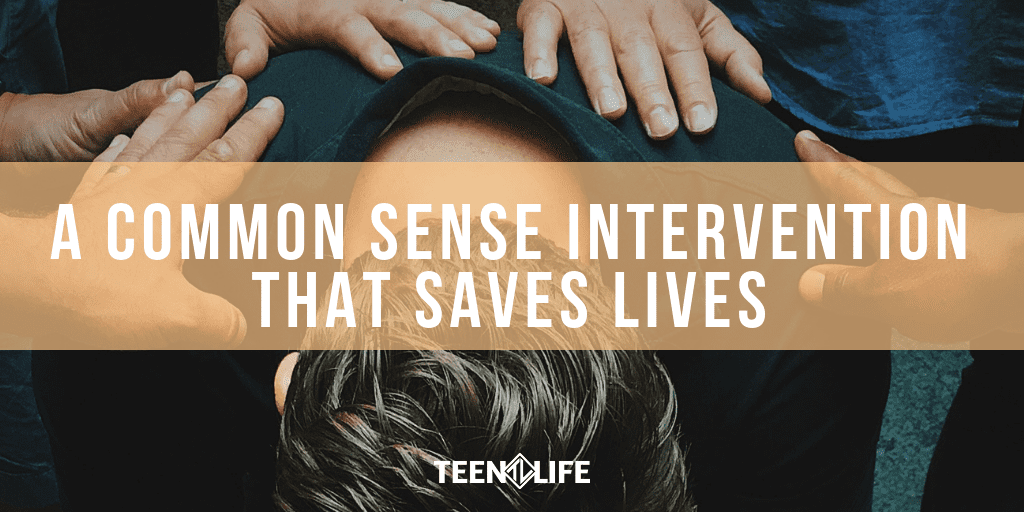
5 Ways to Connect with a Teen
In my Teen Life Support Group last semester, I had a student who seemingly did not want to be there. She refused to talk. She crossed her arms. She kept her head down. After the first week, we talked to her and said that she didn’t have to talk but needed to participate as a member of the group. She reluctantly did the activities, but still never spoke a word.
A few weeks later, another student asked about my family. I explained that my parents live in Alabama, and I don’t see them very often because of the distance. Immediately, my standoffish student spoke. “Wait, you’re from Alabama? Me too.” In that moment, we had created a connection.
Connection. It sounds so easy, right? But how often do we strive to achieve it and come up short? Sometimes, finding a commonality is like finding a needle in a haystack. Some days I wonder if I have anything at all in common with the teens I’m with. Some days I wonder if they even want to connect with me at all.
In their book, The Connected Child, Dr. Karyn Purvis, Dr. David Cross, and Wendy Sunshine walk through a series of connecting principals to help us as parents, teachers, youth ministers, or friends of young people who are struggling and yet seem to reject our help. In order to connect, we have to engage with students. Here are five of their strategies:
- Behavioral Matching: Reflect your student’s behavior or physical position. This increases their ability to feel safe. It’s less complicated than it seems. When my daughter wants to talk at night, I lay down next her instead of standing over her. If my smaller child wants to play with cars on the floor, I sit on the floor as well. Find the natural comfort behavior for your teen and match it without even mentioning it.
- Playful Engagement: Be playful in your conversations. We adults often want to get to the point, address the problem, and fix it. But they often need us to break the ice. We do that by showing that we can have fun. When my teen doesn’t want to do something they deem embarrassing, I do it first. If they are frustrated, say “Whoa? I didn’t know you were the boss!” Let them know they are safe even in disagreements. You can have a deeper conversation once there is more connection.
- Create Eye Contact: We live in a world where students don’t look at each other. They look at screens. But the eyes are powerful. Look your students in the eyes and they will know they are cared for. As parents, how often do we yell down the hall or up the stairs. How would things change if we spent more time looking in our teenagers’ eyes?
- Share Healthy Touch: Give a hug. Pat them on the back. Hold their hand. Play with their hair. If you aren’t sure if it’s ok, ask permission. Students often want to know you care, and you don’t have to use words to show up.
- Be aware of your tone of voice: Are you loud? Are you frustrated? Are you talking quickly or slowly? Do you even know? You can start and end a conversation just by using your tone. You also can be authoritative without being demeaning or unkind.
Connecting through engagement is hard, but as Dr. Karyn Purvis says, “When you connect to the heart of a child, everything is possible.”
My student from Alabama? After she learned we were from the same place, everything shifted. That tiny connection was all it took to help make our group safe for her. She was able to talk through some significant things happening at her home all because of connection.
A week after group ended, the interventionist stopped me in the hall. She raved about how this girl was totally different than she was 8 weeks before. What a powerful lesson about the potential power that can be unleashed with just a little connection!

Beth Nichols
Program Director
With her background in social work and experience as a mom of 4, Beth’s perspective is invaluable. She has had the opportunity in both her personal and professional life to encounter youth from a variety of situations.








